Hooded Crane in a corn field with staging Greater Sandhill Cranes, Goose Pond Wildlife Management Area, Green County, Indiana, February 2012. Photo credit: Marty L. Jones
Dr. Guo Yumin, of Beijing Forestry University, a chief researcher of the hooded crane and its breeding biology, advises us that we can actually come closer to distinguishing hooded crane individuals by studying the white/gray neck line of the individual, confirming similarities and differences through photographic record.
To that end, he has sent the following slide show to demonstrate how researchers have used this distinctive neck line characteristic to help identify individuals in mated pairs as they are observed on their breeding territory and while nesting in different locations from season to season.
(Note: Picasa has a quirky interface. When you open this blog post, the slide show may already be in progress. The first slide is entitled: "How to Discriminate Different Individuals of Hooded Crane." If your browser shows distortion or disorientation of slides, or if you want to see a larger view, click on the image. This will open a separate window and take you to the Picasa website. Click on the words "full screen" at the top left over the image to see a larger view of the slides. In either location, you may manually move the slides forward or set the time lapse to a preferred time by using the controls at the bottom of the screen.)
(Note: Picasa has a quirky interface. When you open this blog post, the slide show may already be in progress. The first slide is entitled: "How to Discriminate Different Individuals of Hooded Crane." If your browser shows distortion or disorientation of slides, or if you want to see a larger view, click on the image. This will open a separate window and take you to the Picasa website. Click on the words "full screen" at the top left over the image to see a larger view of the slides. In either location, you may manually move the slides forward or set the time lapse to a preferred time by using the controls at the bottom of the screen.)
Jeff and Amy Davis traveled from Pennsylvania to Tennessee to see the Hooded Crane in December while the crane was staging with sandhill cranes at the Hiwassee Wildlife Refuge from December 14th, 2011 to February 5th, 2012.
Hooded crane among Greater Sandhill Cranes at the Hiwassee Wildlife Refuge, Tennessee, December 2011. Photo credit: Amy and Jeff Davis
The images they captured give nice views of the Hiwassee Hooded Crane's distinctive white/gray neckline from all sides. I say, distinctive, because the patterns are pronounced and irregular in an identifiable way. Below, you see a front, left and back view of the crane's white/gray neck line. Each view holds a pattern that has the potential for identification. Any two views would allow further confirmation that you are viewing the same individual.
I suspect that the appearance of the Hooded Crane in Idaho in the spring of 2010, and subsequently, at the Platte River in April of 2011, stirred interest similar to that experienced in Tennessee. And I would imagine there were many images taken as a result of that interest. These images can affirm whether this Hooded Crane is the same individual that has appeared in all three locations, or whether these sightings represent more than one individual.
Hooded Crane flying with Greater Sandhill Cranes at the Goose Pond Wildlife Management Area, Green County, Indiana, February 2012. Photo credit: Marty L. Jones.
This comparative data would give us more information about vagrant migration and tell us whether more than one individual has wandered into North America. It is amazing enough that this individual has found its way into the eastern United States. It would be even more informative to be able to track its journey, backward and forward, through photographic records, affirming its identity in each location, so we can learn what it has to teach us as it travels through North America.
No matter what combination of circumstances came together to bring our rare crane visitor to the Hiwassee Wildlife Refuge this past December, the event has ambassador qualities. Without a doubt, the crane's appearance has raised interest and awareness for the species, its survival, and the inherent value of saving our wetland ecosystems for the benefit of wildlife, and, ultimately, for ourselves.
Above, Hooded Crane (top) and Greater Sandhill Crane in flight, showing intact primaries on the Hooded Crane and a good size comparison between the two species. Goose Pond Wildlife Management Area, Green County, Indiana, February 2012. Photo credit: Ryan J. Sanderson.
"Cranes are ubiquitous in the earliest legends of the world's peoples, where they often figure as sentinels of heaven and omens of longevity and good fortune. For their great beauty and imposing size--they are the largest of all flying birds on earth--they are held near-sacred in many lands. Their broad wilderness habitat requirements make them "umbrella species"; protecting them ensures that other creatures and the earth and water of the ecosystem are also protected. In addition, the enormous spans of cranes' migrations have encouraged international conservation efforts." Peter Matthiessen, The Birds of Heaven: Travels with Cranes
Where ever you find them, our world's cranes are ambassadors of peace, health and good will, for the earth, its wetlands, and for human kind. Where cranes flourish, so also, the world around them will flourish.
Links and Resources:
Hooded Crane sketch by Vickie Henderson.
A special thank you to Dr. Guo Yumin, College of Nature Conservation, Beijing Forestry University, for the use of his beautiful images in this series and his slides describing the use of the white/gray neck line as an identification tool. My appreciation also, to the photographers who have photographed the Hooded Crane in North America and granted permission for the use of their images in this series.
This is the third post in a three-part series on the endangered Hooded Crane and its appearance in North America. To see all the posts in this series visit: America's Hooded Crane. The first post will appear last.
Chinese ornithologist, Guo Yumin, win's Whitley Award for his research on hooded crane.
Study of Hooded crane breeding habitat
Photography credits and information:
Amy and Jeff Davis Flickr Photostream
Marty L. Jones--Birds of Indiana Photostream and Marty Jones Photography
Ryan J. Sanderson Photostream
Mike Nelson's Flicker site with Hooded Crane video and photo stream
Peter Matthiessen: The Birds of Heaven, Travels with Cranes
More about the Hooded Crane's appearance in the USA and opinions about this occurrence:
Saga of the Hooded Crane ABA
ABA Rare Hooded Crane in Indiana
Tennessee Watchable Wildlife on Sandhill Cranes
Hiwassee Wildlife Refuge
Top Crane Posts on this blog: Hooded Crane at the Hiwassee Wildlife Refuge in TN
Crane Magic--Three Crane Species at Hiwassee. Other posts on: the Tennessee Sandhill Crane Festival, Hiwassee Wildlife Refuge and sandhill cranes.
At my companion blog, Vickie's Sketchbook: Sandhill Cranes and Art
Whooping cranes in watercolor, and America's Hooded Crane







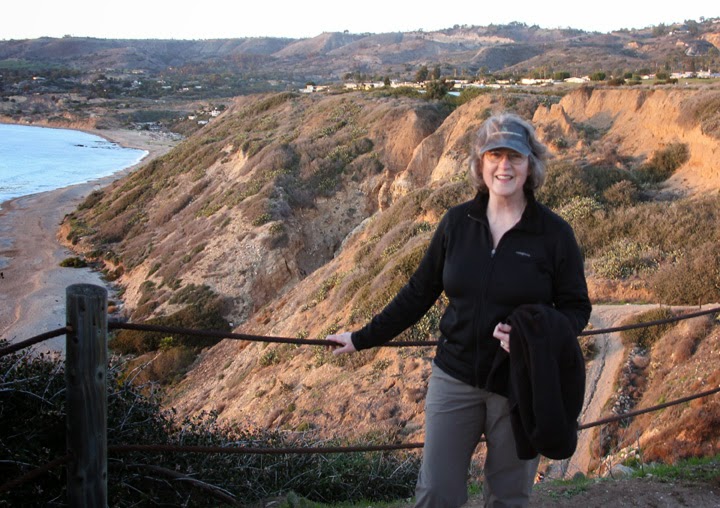
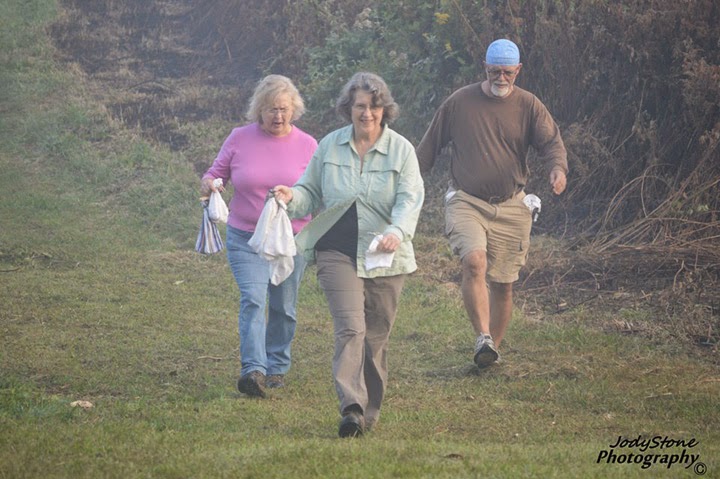
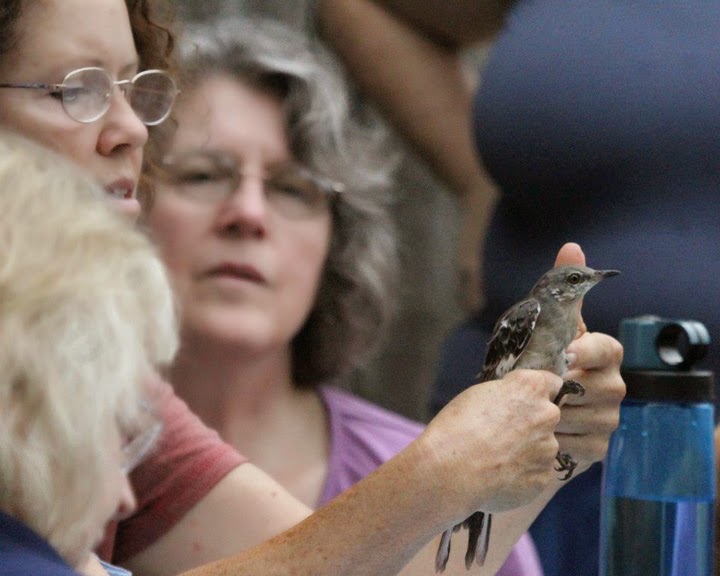



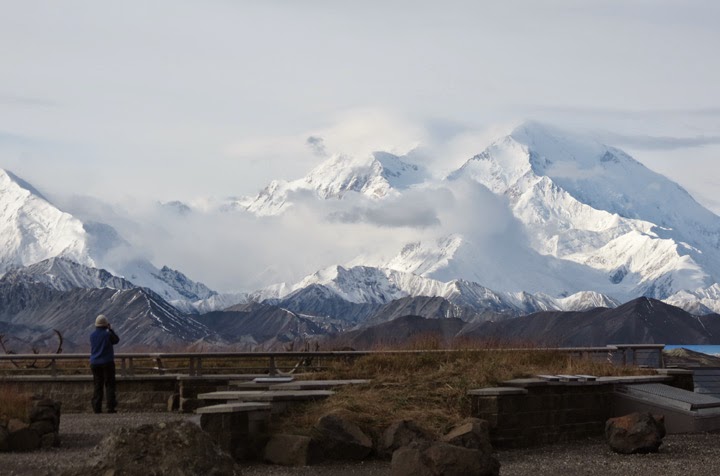
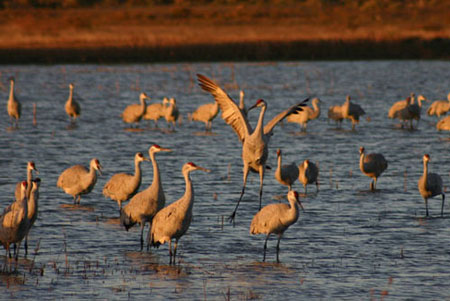
Superb Vickie and just all such informative information. I am sure that you have already seen this sight, but just in case, here is a great image of a Hooded Crane that was in Nebraska last April I think the article said...
ReplyDeletehttp://omaha.com/article/20110409/NEWS01/704099833
Keep up with the brilliant work that you do...I am so pleased that you do what you do!
Your photos are spectacular!
ReplyDelete